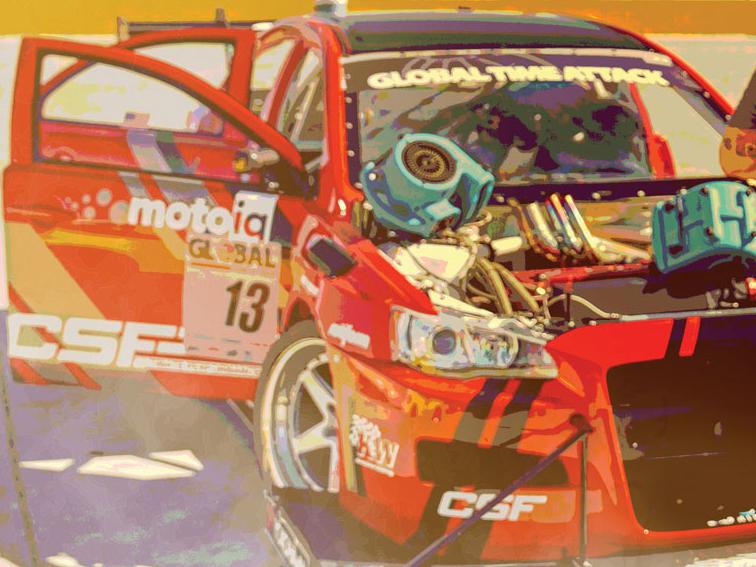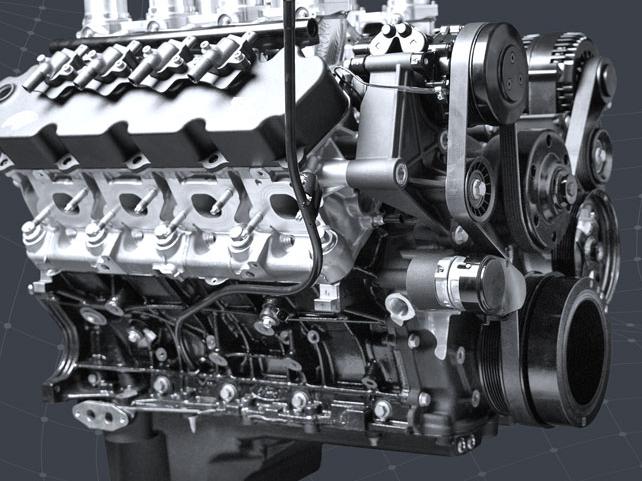Efficiency by Design
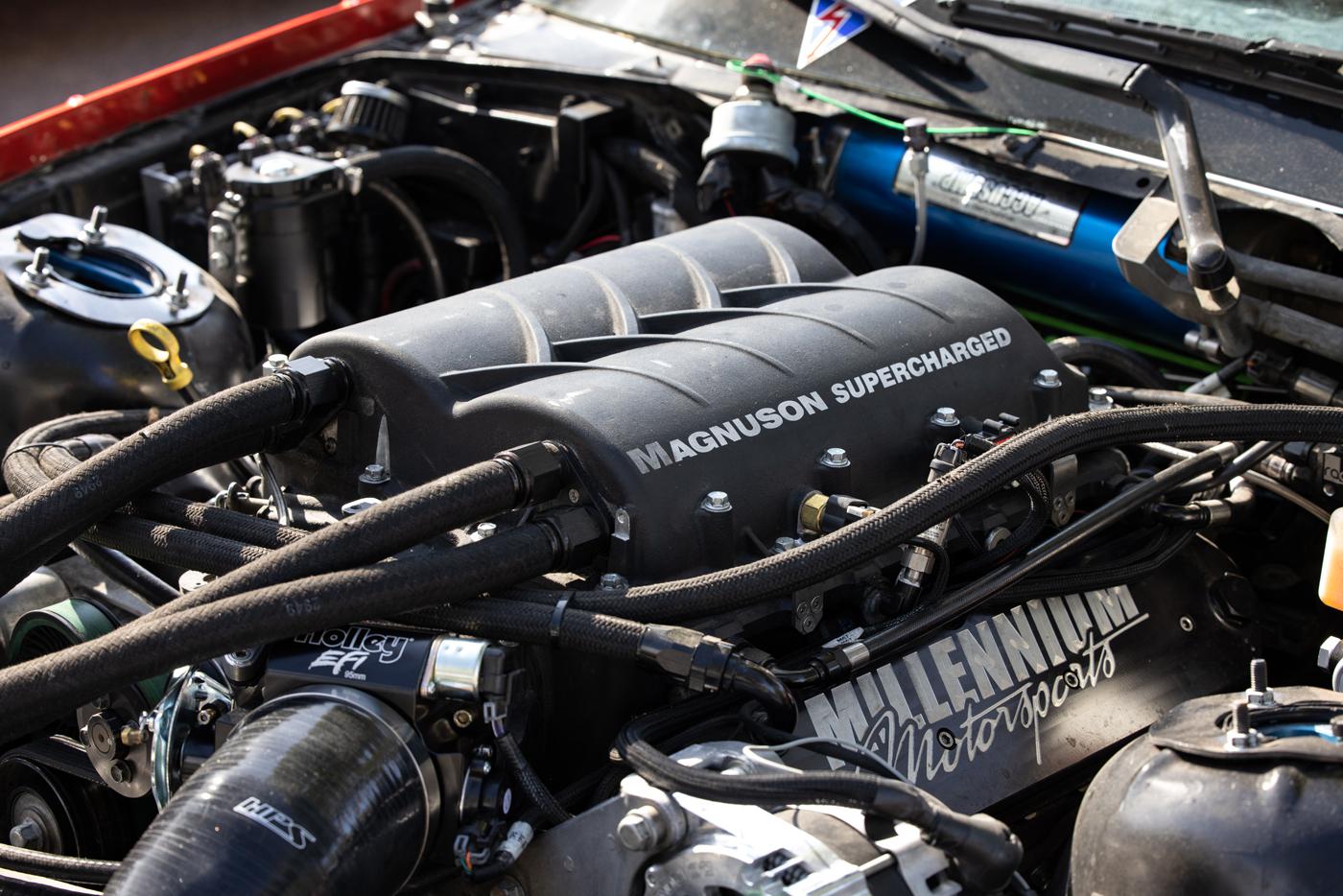
Class rulesets often require compromises in the combination, but advances in design and tuning strategies are making superchargers more efficient—and more durable—than ever before.
Although the concept of supercharging dates all the way back to the mid-1800s, engineers and competitors are still finding ways to improve this method of forced induction more than a century and a half later.
The demands of the application, the specifics of a given class or series’ ruleset, and the style of blower being used all come into play when determining where progress can be made, but there are a few elements that blower manufacturers generally keep at top-of-mind. Internal tolerances and aerodynamics have always played crucial roles in supercharger efficiency, and as more sophisticated technologies have been incorporated into development, manufacturers are now able to pinpoint areas for improvement with a level of precision that just was not available a decade ago.
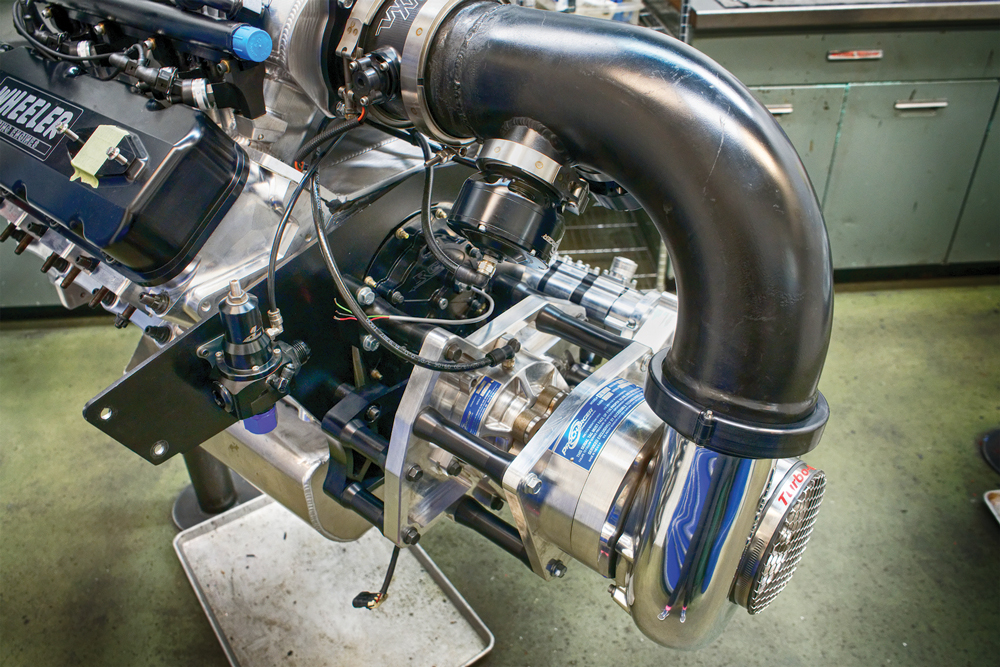
“Over the years, people found ways to get tighter and tighter clearances for sealing and things like that,” explained Brad Littlefield of Littlefield Blowers, Rancho Cucamonga, California. “More recently, the focus has kind of shifted away from the tightness of the seal—you can only go so far with that. Now it’s about how you can do that with minimal drag and better heat properties. And, in a general sense, a lot of that is about locating where it’s necessary to have those tight clearances, and where you can open things up a bit. If you look at the blower on a Top Alcohol car from the early 1990s, at that time it was about making everything so tight that it takes a breaker bar to turn it even when it’s sitting on the bench. For two or three runs they’d make incredible boost, then the performance would basically fall off a cliff. That’s no longer the case with the way that they’re designed now.”
But there are also other factors, both in terms of a supercharger’s design and how it’s utilized out on the track, that play important roles in the performance it can deliver. More often than not, those same variables will also have a significant effect on the blower’s overall longevity.
Demands of the Task
Kim Pendergast of Magnuson Superchargers in Ventura, California, said that one of the main areas of development focus in recent years has been proper application sizing in displacements and pressure ratios that are not traditionally found in the automotive realm. “For example, the new TVS V180 is 10 times smaller than a traditional TVS1900 and capable of much higher pressure ratios,” she said. “On the flip side, we also continue to develop large displacement units for bigger engines, whether that’s a traditional gas-powered application or something that utilizes an alternative fuel. And we continue to develop the rotor design with Eaton, because what works best for a smaller unit doesn’t necessarily scale linearly for the larger units.”
Properly sizing a supercharger to a given engine combination plays a fundamental role in its performance potential. But as Lance Keck of Vortech Superchargers in Channel Islands, California, pointed out, manufacturers and teams must often deviate from an ideal setup for a given application due to the limitations of class rulesets.
“We see it with all of the sanctioning bodies—they want to control the class with the power adder, and they typically go with a unit that’s much too small for the application,” Keck said. “When you do that, the supercharger runs into choke basically all of the time, and that elevates discharge temperatures dramatically. It’s something we’ve had to contend with for years.”
Littlefield said that while camshaft and cylinder head choice will also have a big impact on a blower’s efficiency and durability in a given application, rule mandates related to other engine components can force teams to build their combinations around the specifics of that stipulation.
“Nostalgia Funny Car and Nostalgia Top Fuel are good examples of that because they’re limited to 6-71 blowers, and they also use what’s essentially a ‘spec’ fuel pump in the class—they have to have a pump that’s 20 gallons-per-minute at 8,000 rpm in the Top Fuel class, or 21 gallons-per-minute in the Funny Car class,” Littlefield explained. “Because of that, you see teams playing more and more with the top openings. Some of those guys will reduce the top opening to three or four inches, even though it’s kind of a no-no to shrink blower opening to the point where it won’t perform well at a higher rpm. They do that because they’re so limited by the fuel pump that a really efficient blower will otherwise just burn itself up and run away from the motor toward the end of a run. By shrinking that top opening, they’re able to get to that boost early, and then have the blower kind of follow the engine curve a little bit better toward the top end.”
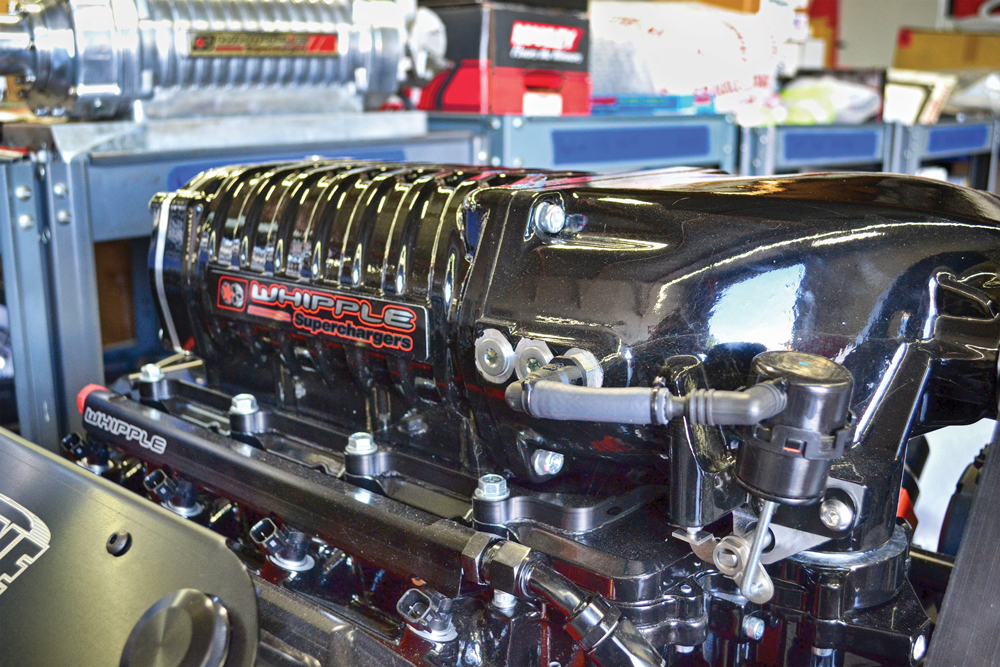
Properly sizing a supercharger to a given engine combination plays a fundamental role in its performance potential, though rule mandates related to other engine components can force teams to build their combinations around the specifics of that stipulation.
But Erik Radzins of ProCharger in Lenexa, Kansas, noted that there’s been some headway with sanctioning bodies on the subject. “One of the things I like about the PRI Show is that it’s one of the few places where a guy like me can talk directly to people who’re on rule committees. Rule makers basically used to tell us how they wanted things like the blower gearbox to be designed—we’d make something new, and they wouldn’t allow it. When I finally had the opportunity to have a conversation with one of them, I basically said, ‘This is like telling everyone they can run your class and make 2,000 horsepower, but they have to use a 4L60 transmission. That means that the only teams that are going to win the class are the ones that have a dozen 4L60 transmissions sitting in a trailer.’”
Dialed-In Design
Supercharger manufacturers may face constraints in motorsports, but efforts to improve their products remain ongoing. “The compressor side has always been an area of concentration for us,” said Keck of Vortech.
“With a really good compressor design, we can pick up efficiency as well as durability,” he continued. “If we do a compressor design and it doesn’t reach a 70% efficiency point, then we scratch that design and start over. We have an internal supercharger dyno that we use to develop compressor maps and do our testing with; we’re one of the few supercharger companies that does that. When you can improve the efficiency of the compressor stage, there’s less heat generated from creating boost, and that keeps the gearbox side of things cooler.”
Meanwhile, Magnuson has recently added a custom-built test stand to its roster of development equipment. Dubbed “Big Gulp,” it’s powered by a supercharged LT1 V8 engine from a seventh-generation Chevrolet Corvette. “Boy, does it make the blowers scream,” said Pendergast. “Its purpose is two-fold. Durability is obviously a big part of it, but it’s also about full-on performance. Having a gas engine power the blower lets us run and test in areas of the efficiency map that nobody has been capable of with an electrically driven test stand. We are truly pushing new limits of blower speed and boost pressure.”
By now, tools like CAD, computational fluid dynamics simulation, and 3D printing have become commonplace in supercharger development. But as is typically the case with technology, each new iteration of these tools provides a new level of sophistication. While that can enable designers to discover areas where there’s room for refinement in a design, Radzins said that it has also allowed ProCharger to take a more holistic development approach to the company’s products.
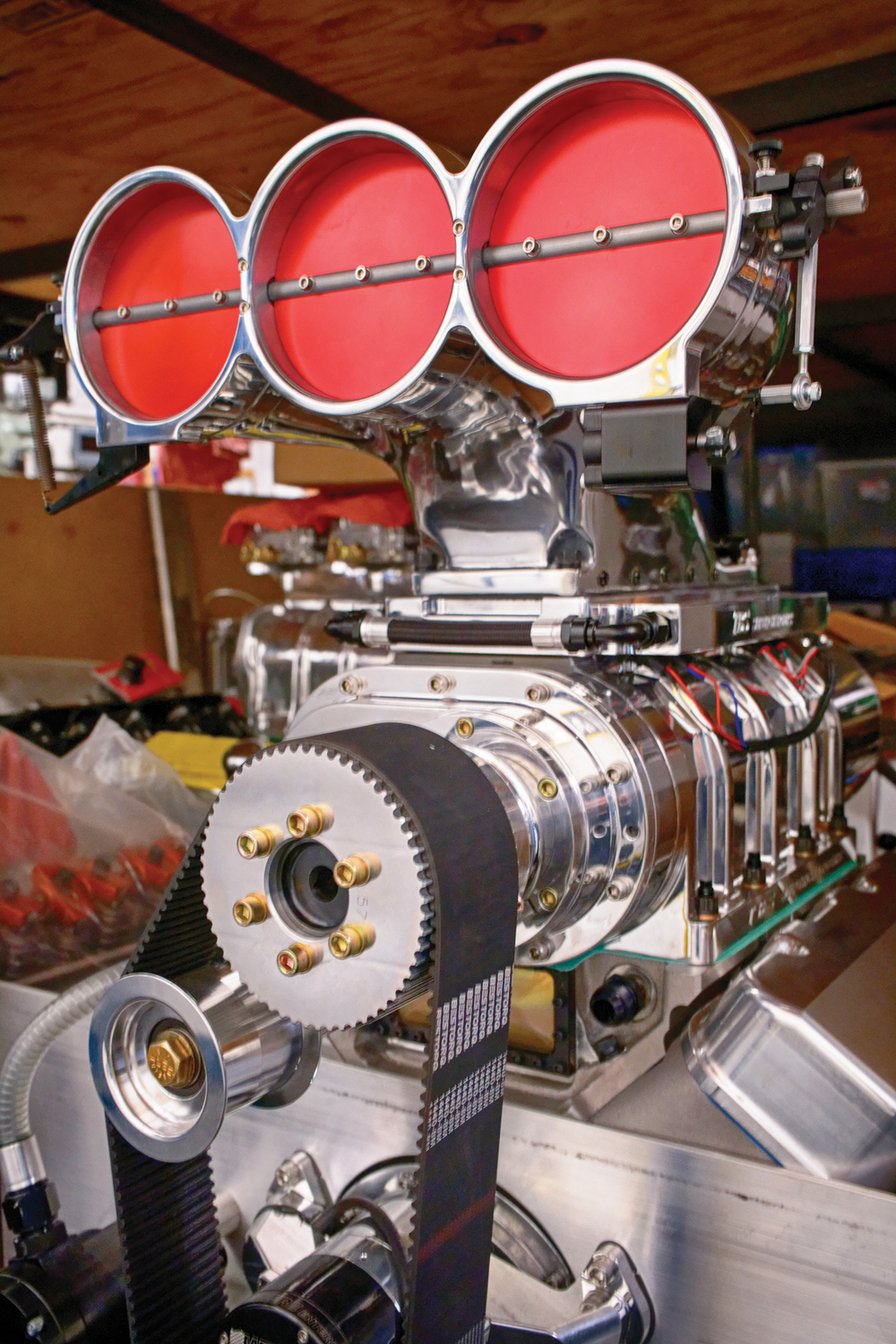
“For us, it comes down to blank-sheet engineering,” he explained. “For instance, when the F4X was designed, it didn’t share a single part with the F3. We could have tried to retain some stuff to help out with cost, but we wanted something that was purpose-built for what it needed to do.” That approach has extended out to system components that are produced outside of the company as well. “In the past, we had to use bearings that weren’t designed specifically for what we do with them. But due to the amount of bearings we’re using these days, we’ve established great relationships with these bearing companies. It’s to the point where they’re sending out engineers to see exactly what we’re doing with these things with their own eyes.”
Littlefield told us that a hard-anodized coating treatment is incorporated into its manufacturing process because it’s especially beneficial in applications where methanol or nitromethane fuels are being used. “It’s something we’ve always done with our high-performance blowers as kind of a first line of defense,” he explained. “It both strengthens the surface and reduces friction. It also reduces the potential for corrosion, which is always a plus.”
Code Of Conduct
Although advances in supercharger design have fundamentally elevated their performance potential and durability, Radzins said a greater understanding of best practices by end users has also had a profound effect. “Honestly, getting racers to understand the limitations of a blower has been the biggest help of all. At one point, everybody wanted to be John Force. They were doing burnouts at 8,000 rpm and just banging off of the rev limiter. That alone is incredibly stressful on the blower, and it kind of took a few years to get the word out. You’re creating a condition where the engine is at or near max rpm and beyond maximum load because it’s not making boost—it’s just moving air because the bypass valves are open. So you’re just shoving the compressor clean off of the map in one direction.”
Bad tuning habits have also been something of a sticking point for ProCharger. “If you’re battling a bad tune-up and you keep backfiring the motor without an intercooler in the equation, there’s no buffer involved. You have an impeller that’s trying to make boost, and you’re shoving a flame back through it in the wrong direction. Stuff like that is really hard on gearsets.”
To help combat the issue from a mechanical standpoint, ProCharger redesigned the blower gearbox as well as the system’s bypass valves. “We needed the bypass valves to operate quicker than anything that had ever been used in a supercharger,” Radzins continued. “We couldn’t do that until data logging sample rates reached a certain point. The resolution just wasn’t good enough to catch those pressure spikes.”
Keck said that ignition timing is another aspect where tuners can inadvertently cause supercharger damage. “Folks will go overboard on the amount of timing that the motor will accept. While they may not see it on the spark plug, when they start to detonate it, the crankshaft is going through harmonics, and it sends those harmonics through the gear drive directly into the supercharger. Suddenly the blower is dealing with those harmonics along with the harmonics that are inherent to the supercharger’s operation, and that makes the impeller shaft move in kind of an oval pattern. If the harmonics are bad enough, it will move the impeller shaft—along with the impeller—far enough that it will make contact with the volute. At that point it’s game over.”
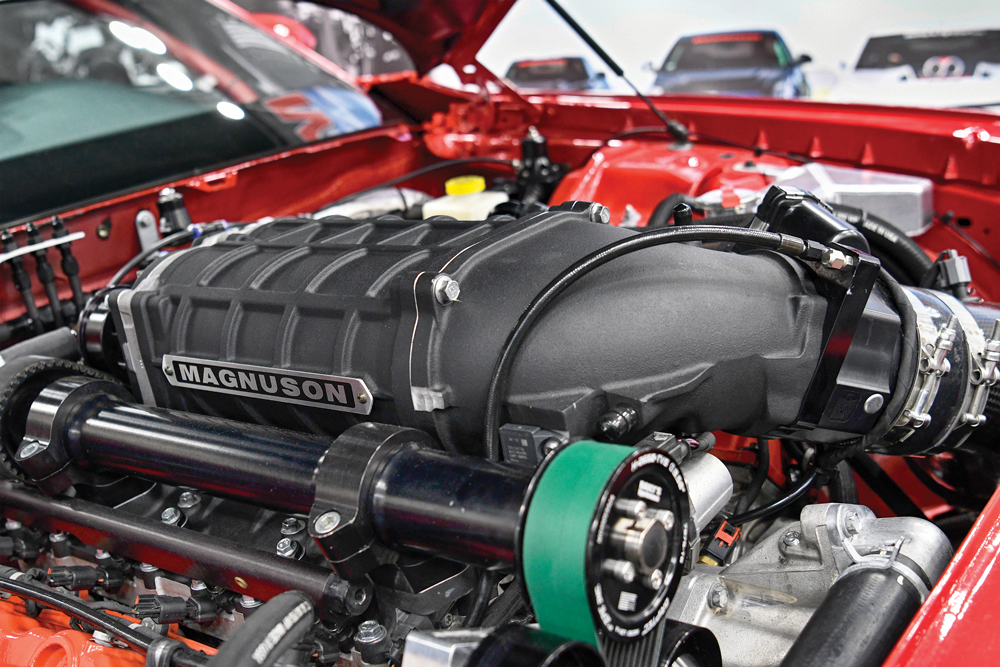
Pendergast said that racers’ quest for more performance can sometimes send them in the opposite direction, too. “A lot of folks think they can improve our units by taking them apart, porting, changing oil types and fill rates,” she explained. “You wouldn’t believe how many used units we’ve improved by simply putting them back to our original specs. You really can’t blame them; everyone wants to try new ideas and push the limits. But, at the end of the day, we’re all after the same goals.”
Outside of tuning and racer-initiated abuse, Radzins recommended sticking to a strict maintenance schedule, as that can make a world of difference in both longevity and performance of a blower. “Keep an eye on the run count and change the oil regularly,” he advised. “The teams that are winning championships are putting checkmarks on the slicks, the valve covers, and the blower. They’re keeping track of everything, and that’s why they’re going round after round.”
SOURCES
BDS Superchargers
blowerdriveservice.com
Littlefield Blowers
facebook.com/littlefieldblowers/
Magnuson Superchargers
magnusonsuperchargers.com
ProCharger
procharger.com
Vortech Superchargers
vortechsuperchargers.com
 MEMBERSHIP LOGIN
MEMBERSHIP LOGIN JOIN PRI
JOIN PRI
